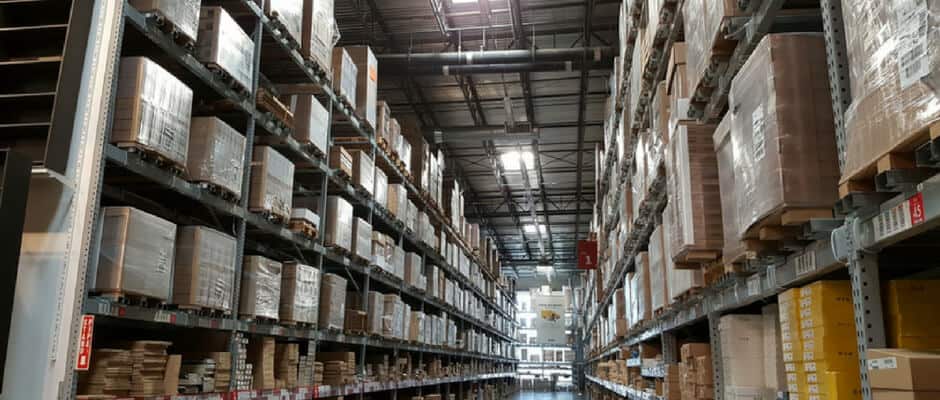|
Register
|
Spare parts management is a balance between making sure that you don’t stock out of a critical part while at the same time keeping your inventory value as low as possible. Keeping inventory low minimizes the monetary value held up in stock and frees up cash flow for other activities. Analyzing trends with your CMMS software for high usage spares can help you to set an optimum reorder point. The reorder point must allow sufficient lead time for new stock to arrive before the existing stock runs out.
Over time, equipment changes and priorities change as well. It is easier to raise the priority of a part than to reduce it, but the reality is that there are some spares that should be downgraded as they are no longer critical to operations. It is helpful to have a regular process of assessment with clear criteria so that changes to the manufacturing environment can be reflected in the CMMS for spare parts management.
Old fashioned periodic stock counts are still the best method to find out if your actual spare stock matches your CMMS data. If there are discrepancies every time a stock count takes place, action needs to be taken to ensure that all part receipts and issues are controlled. It may be necessary to upgrade security and access to the storeroom in order to facilitate this control.
One of the most frustrating things for both managers and maintenance staff is when a spare part is available in stock but is unsuitable for use. Parts must be stored in an environment that is conducive to keeping them in their original condition and available for use.
The more efficient the purchasing processes are, the lower the reorder levels can be. The more thorough the analysis of what is or is not a critical part, the more precise the spares management can be. The more detailed an investigation into a stock out incident, the better the preventive measures will be to ensure that it does not happen again.
